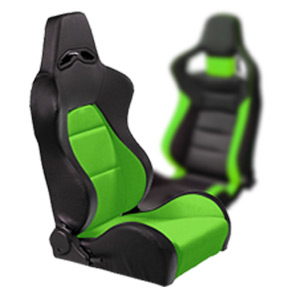Exploring Essential Components for Effective Cable Management Solutions and Gear Optimization
Understanding Cable Gear Essential Components in Electrical Systems
Cable gear represents a critical component of electrical systems, playing a vital role in the transfer and management of electrical energy. As industries increasingly rely on advanced technologies, the significance of high-quality cable gear has never been more apparent. This article aims to explore the fundamental aspects of cable gear, including its types, applications, benefits, and future trends.
What is Cable Gear?
Cable gear refers to an assortment of devices and equipment designed to connect, distribute, and manage electrical cables in various systems. This term encompasses a range of components, including cable joints, termination connectors, switches, and other accessories that facilitate the safe and efficient operation of electrical networks. The primary function of cable gear is to ensure the reliable transmission of electrical power while minimizing energy losses and safeguarding against potential hazards.
Types of Cable Gear
Cable gear can be categorized into several types, each serving unique functions in an electrical system
1. Cable Joints These are crucial for connecting two or more segments of electrical cables, ensuring that the flow of electricity is uninterrupted. Cable joints must be designed to withstand environmental influences such as moisture and temperature fluctuations.
2. Termination Connectors These connectors are used to terminate the ends of cables, helping to secure connections and providing insulation against electrical leakage. They come in various designs, including pin connectors and lug connectors, depending on the application.
3. Distribution Boxes Essential for managing multiple cable connections, distribution boxes house circuit breakers and fuses that protect circuits from overload. They facilitate the organization and routing of electrical connections across different systems.
4. Cable Trays and Ladders While not electrical in function, cable trays and ladders provide the necessary support for the installation of cable gear. They assist in the safe routing of cables through buildings, protecting against physical damage and optimizing space.
5. Electrical Switches These devices control the flow of electricity within a system. They can interrupt the current flow, enabling maintenance or isolation of circuit components without disrupting the entire electrical network.
cable gear

Applications of Cable Gear
Cable gear is integral to various industries, including construction, manufacturing, telecommunications, and energy production. In the construction sector, it facilitates the distribution of electrical power within buildings and infrastructure projects. Manufacturers rely on cable gear for controlling machinery and ensuring safe operation in factories.
In telecommunications, cable gear contributes to the management of data transmission, where it supports the infrastructure of networks. In the energy sector, particularly in renewable energy projects, cable gear is essential for connecting and managing solar panels, wind turbines, and substations, ensuring efficient power distribution.
Benefits of High-Quality Cable Gear
Investing in high-quality cable gear offers numerous advantages. Firstly, it ensures reliability and longevity. Poor-quality materials can lead to premature failure, resulting in costly downtimes and repairs. Secondly, high-quality cable gear minimizes energy losses by providing efficient conductance, which translates into lower operational costs.
Safety is another critical benefit. High-quality cable gear is designed to withstand harsh conditions and reduce the risk of electrical faults, protecting both personnel and equipment. Additionally, many cable gear manufacturers adhere to international standards and regulations, ensuring that their products meet stringent safety and performance criteria.
Future Trends in Cable Gear
As technology continues to evolve, so do the demands placed on cable gear. One of the most significant trends is the growing emphasis on sustainability. Manufacturers are exploring eco-friendly materials and practices to reduce the environmental impact of their products. Smart technology integration is another area of development. The advent of smart grids and IoT (Internet of Things) is driving innovation in cable gear, enabling smarter monitoring and management of electrical systems.
Moreover, the rise of electric vehicles (EVs) is influencing the cable gear market. As the infrastructure for EV charging stations expands, there is an increased demand for specialized cable equipment that can handle higher voltages and currents.
Conclusion
In summary, cable gear is an indispensable component of modern electrical systems, encompassing a wide range of devices that ensure the reliable transmission and management of electric power. Its applications span various industries, delivering critical benefits such as safety, efficiency, and durability. As technology evolves, so will the cable gear industry, paving the way for innovations that enhance electrical system performance while promoting sustainability. Understanding and investing in quality cable gear is essential for anyone involved in electrical installations and maintenance.
-
Workings of Clutch Pipe and Hose SystemsNewsJun.04,2025
-
The Inner Workings of Hand Brake Cable SystemsNewsJun.04,2025
-
The Secrets of Throttle and Accelerator CablesNewsJun.04,2025
-
The Hidden Lifeline of Your Transmission Gear Shift CablesNewsJun.04,2025
-
Demystifying Gear Cables and Shift LinkagesNewsJun.04,2025
-
Decoding Clutch Line Systems A Comprehensive GuideNewsJun.04,2025
